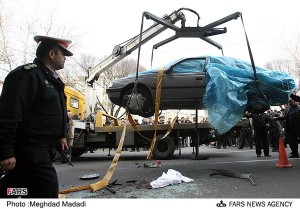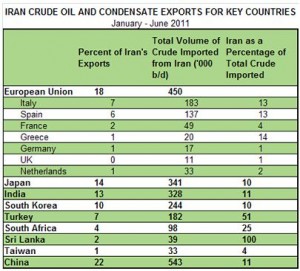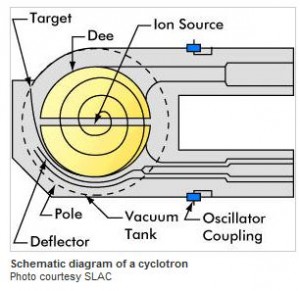Foreign Policy’s “False Flag”
Wikipedia defines “false flag operations” as “covert operations designed to deceive the public in such a way that the operations appear as though they are being carried out by other entities.” Unpacking such an operation would require explaining clearly the target audience(s) of the deception and the purpose of it.
But Mark Perry doesn’t describe that structure in his Foreign Policy story, titled “False Flag,” asserting that members of Jundallah were recruited by Mossad agents pretending to be CIA officers.
According to two U.S. intelligence officials, the Israelis, flush with American dollars and toting U.S. passports, posed as CIA officers in recruiting Jundallah operatives — what is commonly referred to as a “false flag” operation.
The memos, as described by the sources, one of whom has read them and another who is intimately familiar with the case, investigated and debunked reports from 2007 and 2008 accusing the CIA, at the direction of the White House, of covertly supporting Jundallah — a Pakistan-based Sunni extremist organization. Jundallah, according to the U.S. government and published reports, is responsible for assassinating Iranian government officials and killing Iranian women and children.
But while the memos show that the United States had barred even the most incidental contact with Jundallah, according to both intelligence officers, the same was not true for Israel’s Mossad. The memos also detail CIA field reports saying that Israel’s recruiting activities occurred under the nose of U.S. intelligence officers, most notably in London, the capital of one of Israel’s ostensible allies, where Mossad officers posing as CIA operatives met with Jundallah officials. [my emphasis]
Explaining that structure would seem all the more important in a story–apparently in the works for a year and a half–published at the precise moment the Americans are trying to deny any involvement in the ongoing assassinations of Iranian scientists.
The problem is all the more real given the ambiguity of Perry’s language. When he says the Israelis were “flush with American dollars,” does he mean they got the dollars from America, or only that they were–as dollars are in common usage–American? When he notes that the recruitment “occurred under the nose of U.S. intelligence officers,” is that meant to suggest that it did so with their assent?
The ambiguity in Perry’s article is more significant given that, while he describes George Bush “going ballistic” when he was briefed on the op, Perry also provides evidence that at least some at the top officials in Bush’s Administration didn’t seem to care all that much.
A senior administration official vowed to “take the gloves off” with Israel, according to a U.S. intelligence officer. But the United States did nothing — a result that the officer attributed to “political and bureaucratic inertia.”
“In the end,” the officer noted, “it was just easier to do nothing than to, you know, rock the boat.” Even so, at least for a short time, this same officer noted, the Mossad operation sparked a divisive debate among Bush’s national security team, pitting those who wondered “just whose side these guys [in Israel] are on” against those who argued that “the enemy of my enemy is my friend.”
Furthermore, while Perry references earlier stories covering Jundallah, he doesn’t even consider the role of JSOC in this false flag operation, even though one of them–Sy Hersh’s–specifically describes the involvement of JSOC in such ops.
And as for the suggestion that since Obama took over, such cooperation between the US and Israel has been dramatically curtailed? The claim that the US and Israel have only been cooperating on operations that “are highly technical in nature and do not involve covert actions targeting Iran’s infrastructure or political or military leadership” would first of all seem to be a stretch given that StuxNet and Duqu are all about infrastructure. It would also seem to gloss the apparent role that drones have had in targeting these scientists (Iran has captured some Israeli drones, in addition to the American ones, but most of the airspace involved would require US acquiescence). Add in the recent border incident between Iran and Pakistan involving claimed Jundallah members (the border area isn’t exactly Israel’s backyard), it seems the Obama Administration is, at best, looking the other way.
Israelis and Americans have long hidden behind each other when working with Iranians, going back at least to the Iran-Contra ops that Dick Cheney had a fondness for. Hiding behind Israelis lets American officials pretend we’re not doing the taboo things we’re doing. Hiding behind Americans lets Iranian partners working with Israelis pretend they aren’t working with the Zionist enemy. That false flag business works in many different directions, after all.
Mind you, whatever the other purposes of this “false flag” story, its publication at this point in time just stripped Jundallah partners of the ability to deny they’re working with Israel, with all the probably dangerous consequences that will have.




